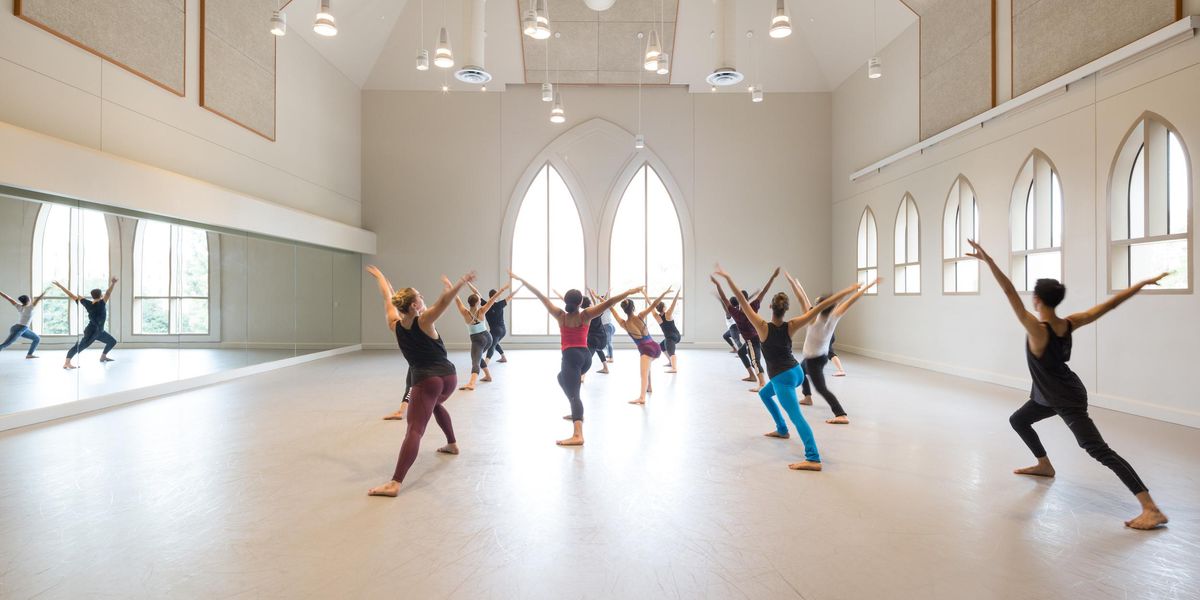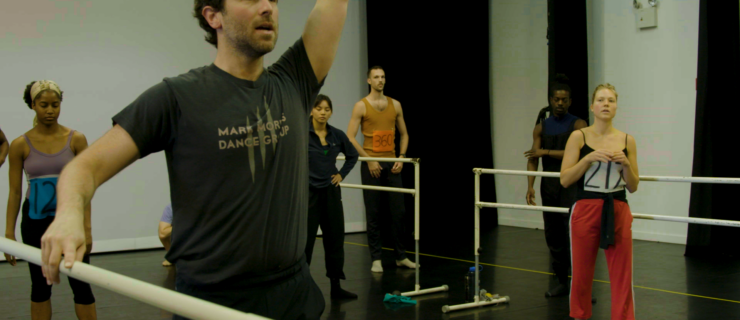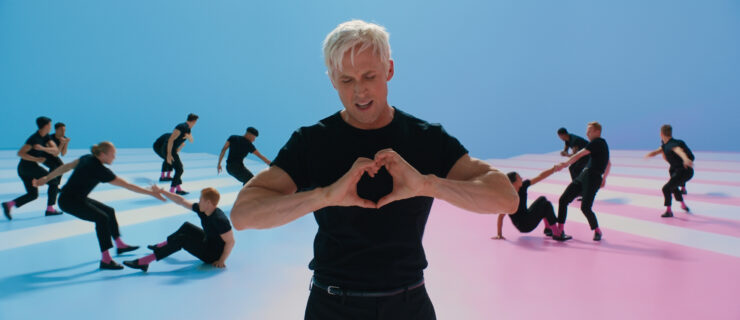Damien Jalet on Choreographing Horror Film Suspiria—and Working with Tilda Swinton and Dakota Johnson
What better way for dancers to celebrate Halloween than by seeing Luca Guadagnino’s outrageous re-imagining of the 1977 horror film Suspiria? The movie, which includes extended dance sequences by Belgo-French choreographer Damien Jalet, is principally set at the fictitious Helena Markos Dance Company in West Berlin. The school’s artistic director Madame Blanc (think Martha Graham meets Pina Bausch) is played by Tilda Swinton, and Dakota Johnson plays Susie Bannion, her American star pupil. But all is not what it seems at the company. In reality, it houses a coven of witches.
Recently, Dance Magazine interviewed Jalet via email about his work on Suspiria, in theaters now.
How much of a role does choreography play in the film’s narrative?
In Suspiria, dancing is a way to cast spells. I felt the choreography had to be very raw and pagan and unleashing a contained, oppressed energy. The death of Olga at the beginning of the film—where the movements of Dakota in one room destroy another dancer in another mirrored room—sets the tone for the film. It is an Eros/Thanatos pas de deux. Besides prosthetics and a few sounds, there are no special effects in the scene. Walter Fasano, the film’s editor, spent nearly six weeks editing those three minutes of film.
What was it like working with non-dancers like Swinton and Johnson?
It was fun for me because I really forced Tilda and Dakota out of their comfort zones. They worked very hard, sometimes at 2 in the morning, in a cold studio, surrounded by powerful professional dancers.
I tried to find in Dakota’s body what would be disturbing, I tried to make her move from her skeleton. Dakota is very sculptural, and during the rehearsals she discovered many things she didn’t know she was capable of doing. She really went for it, so much so that she even injured her back in the violent pas de deux with Olga.
Tilda was not supposed to dance at first, but we decided to create a solo for her that appears often in the dream sequences. Tilda would often attend rehearsals for scenes she was not even in because she wanted to learn how I spoke to the dancers. She made many changes to the script based on these observations.
Was Swinton’s character, Madame Blanc, based on Pina Bausch?
In the film, she does look like Pina, but David Kajganich, the screenwriter, was very inspired by Mary Wigman and Isadora Duncan. For me, being a choreographer trained in more contemporary techniques developed in the ’90s, it was a challenge to create a physical vocabulary for 1977. Even though I placed a few choreographic quotes referring to Pina, it was really important to not get stuck in trying to be historically right. Wigman and Graham were inspired by Eastern cultures and Duncan was inspired by Hellenic sculpture, but my principal inspiration for the film’s choreography was a trip I made to Indonesia where I witnessed dancers getting into altered states of consciousness.
Did Luca Guadagnino, the director, have specific suggestions about the choreography?
Luca told me at our very first meeting, “I want the dancing in the film to be the secret language of the witches, the expression of their power.” This was both daunting and inspiring. But it was also liberating. In Suspiria, dance is so offensive it can kill!
Ironically, in 2013 for a performance at the Louvre, I had created the female dance trio “Les Médusés.” Luca saw the video on the internet; this is what inspired him to contact me. I’ve always found the concept [in the original film] of connecting witchcraft and dance brilliant, and working on Suspiria gave me the chance to deepen this idea.




